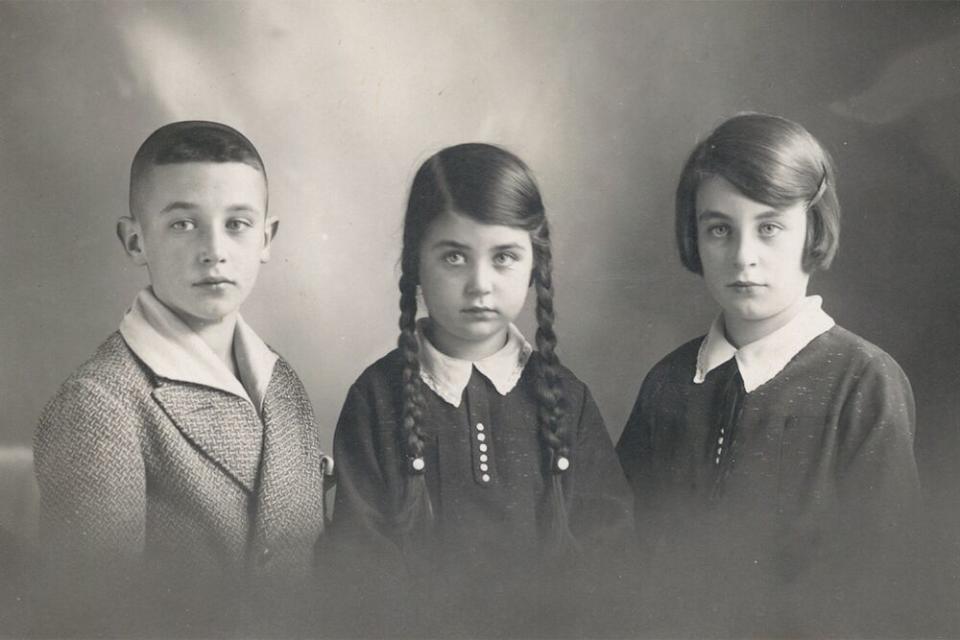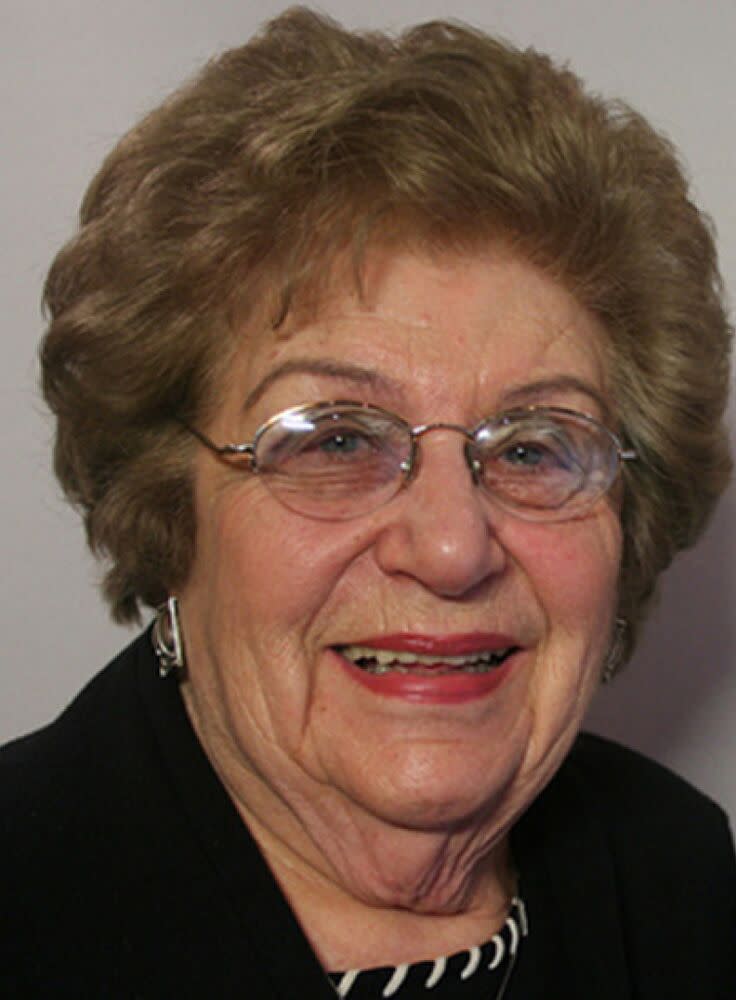Auschwitz Liberation 75 Years Later: Survivors Reveal How They Cheated Death
When Prince Charles and 40 world leaders gathered to commemorate the 75th anniversary of the liberation of Auschwitz in Jerusalem on Thursday, the deaths of more than one million people who were slaughtered at the largest and most infamous site of mass murder in human history weighed heavily on the minds of everyone in attendance. In total, six million Jews were murdered in the Holocaust.
“The magnitude of the genocide that was visited upon the Jewish people defies comprehension and can make those of us who live in the shadow of those indescribable events feel hopelessly inadequate,” Charles said in a powerful speech at Yad Vashem, the World Holocaust Remembrance Center in Jerusalem.
“The scale of the evil was so great, the impact so profound, that it threatens to obscure the countless individual human stories of tragedy, loss and suffering of which it was comprised. That is why places like this, and events like this, are so vitally important.”

To commemorate the anniversary of the liberation, PEOPLE spoke with two survivors of the Auschwitz-Birkenau concentration camp: Atlanta resident Helen Fromowitz Weingarten, 95, who originally hails from the small village of Oybochco in Romania; and Ruth Scheuer Siegler, 93, who was born in Germany but now lives in Birmingham, Ala.
‘Somehow We Lost My Mother and I Never Saw Her Again’
“We didn’t know where we were going. They just shut us into the cattle train,” Ruth Siegler, tells PEOPLE about the Nazi transport that carried her from the Czech town of Theresienstadt to the heart of the Auschwitz-Birkenau death camp in early 1944.
There was no way she could have possibly imagined what lay in wait at the other end of the tracks.
As soon as the train arrived, a team of Nazi SS guards separated the children from their mothers, then grouped the remaining prisoners by gender and age, meaning that while Siegler — who was just 16 at the time — lost contact with her father, Jakob, she remained alongside her mother, Helen, and older sister, Ilse.

“The women all walked into a building and there was a mound full of suitcases,” says Siegler. “They said ‘Oh put your belongings here and you can pick them up later.’ But you knew very well: ‘How can you find your old suitcase in a pile that big?’ ”
She continues, “They opened a door and my mother, my sister and myself, we had to take off all of our clothes and went into a big, square room. In the ceiling, they had these objects that looked like showers. They gave us towels and soap for disinfection and we walked through.”
It was then that fate intervened. Siegler doesn’t know if she was in a gas chamber or the camp sauna, where prisoners were de-loused. All she knows is the Nazi SS guards suddenly released all of them.
“They opened up the back door and let us out,” says Siegler. “We don’t know why. It was 1944. It was late in the war. But I don’t know what the reason was.”
Yet this didn’t mean the women were out of danger: far from it. After having their forearms tattooed with identification numbers, they were told to select shoes from a huge pile on the floor. They then made their way to the forced labor camp on the other side of the facility, where they would be nearly worked and starved to death.

Months later, Siegler had another close escape when she was ordered to walk into a barracks room to be inspected by a Nazi doctor. Upon arrival, she noticed that the prisoners were being sorted into two different lines, with the “more presentable and stronger” being told to join the line on the left. It didn’t take her long to realize that those prisoners were being selected for work; the others on the right were being sent to their deaths.
“My sister and I pushed over to the other side — to the left,” says Siegler. “But somehow we lost my mother and I never saw her again.
“The next day we looked into the compound where we had been, and it was empty. We knew that everybody who was left behind had been taken to the gas chambers.”
‘Every Day in Auschwitz Is Another Life Waiting to End’
Helen Weingarten had a similarly close call. After months of backbreaking work in the Auschwitz forced labor camp — where the only food consisted of thin soup and stale bread — infamous Nazi doctor Josef Mengele walked into her barracks and announced that he needed 500 people immediately. Helen was one of those he randomly selected.
“We walked towards the gas chambers. We knew where we were going. We knew we were going to die,” says Weingarten, whose mother and father both perished in the same gas chambers.

“About five minutes before we reached the chamber, a car came from the opposite direction. A man got out with a piece of paper in his hand and handed it to an SS woman who was leading us. She told us that the paper said our group wasn’t going to be taken to where we were heading.
“If that man hadn’t arrived, we would have died. We were taken to the gas chamber, but we never made it. It was stopped because they needed the working people. This is how I and 499 other people survived.”
Like Siegler, Weingarten narrowly avoided the Nazi genocide because she was both young and fit enough to be used for slave labor, which mainly consisted of performing menial work such as cleaning or shoveling snow — with the threat of being selected to go to the crematorium ever-present.

Tragically, around 1.1 million other prisoners at the camp weren’t so fortunate, including hundreds of thousands of children who died from hunger and cold, exhaustion or gas poisoning — or who were used as subjects in criminal experiments by SS doctors. Anyone older than age 45 was also considered too old for work and sent to the gas chambers.
“I remember everything from Auschwitz from day one until I came out,” says Weingarten. “Every day in Auschwitz is another life waiting to end. Every day we got together and talked about home and all the families that were gone.”

‘Never Again’
After the war ended both women moved to the U.S., got married, raised families and rebuilt their lives. They now have numerous children, grand-children and great-grandchildren.
Yet the shadow of Auschwitz will always be part of their lives, even if it is now “almost like a bad dream,” says Siegler.
One thing they are absolutely certain of, however, is that the anniversary of the liberation has to be remembered — and the innocent deaths of the 11 million people who are estimated to have died in the Nazi death camps during WWII.
“It has to be remembered so that it should never happen again,” says Siegler. “It never should be forgotten. It is so important. I have three children, seven grandchildren, and two great-grandchildren. That is my dividend. Hitler didn’t succeed.”
“Never again,” says Weingarten. “Never again.”

